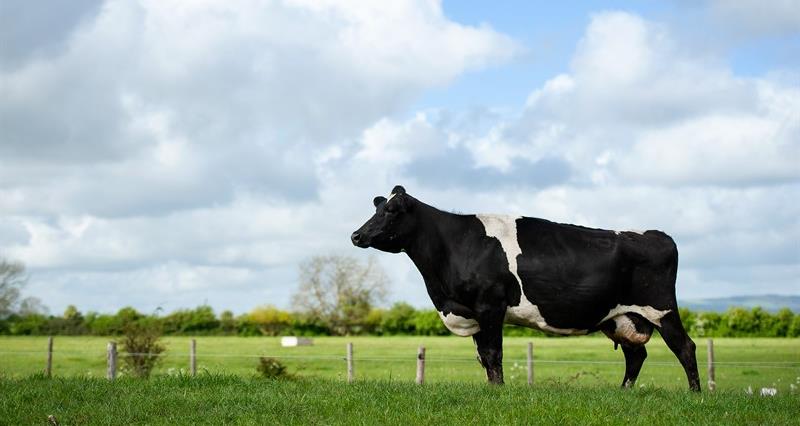Most producers will be aware that the 2025 spring flush has seen higher volumes compared to a poor first half of the year in 2024. Favourable spring weather has allowed early turnout which has helped support production. March volumes were up 2.7% compared to the same month last year and, according to , data for the first two weeks of April show a 5.4% increase year-on-year. This is putting processing capacity under strain.
There have also been reports of factory breakdowns and backlogs over the last few weeks, and the disruption to deliveries over the late Easter weekend has not helped.
»ĘĽŇ»ŞČËdairy team has been in contact with members who have unfortunately been asked to discard milk. These members have been reassured that all milk left unprocessed will be paid for, although some have reported that communications have, at times, lagged behind the expected collection. The dairy team is picking up these issues with processors.
Working with stakeholders
Commenting on the issue, NFU Dairy Board chair Paul Tompkins said: “The 2025 spring flush has seen high volumes of milk, with good grass growth and a strong milk-to-feed-price-ratio supporting production, which has been putting a strain on processing capacity, with some skim being put into AD plants.
“A recent factory breakdown in the northwest has also led to a number of producers being asked to discard milk. This should always be a last resort, and contingencies put in place to prevent it. When this isn’t possible, it’s difficult for any hardworking producer to see their efforts and such a nutritious, high-quality product being poured away.
“Strong communication, along with transparency and trust is important when it comes to the relationship between farmers and their buyers to help manage milk volumes and prevent this boom-and-bust production cycle from repeating. This is something we continue to speak with our members about and are working with stakeholders across the supply chain to address as part of our fairer dealings work.”



